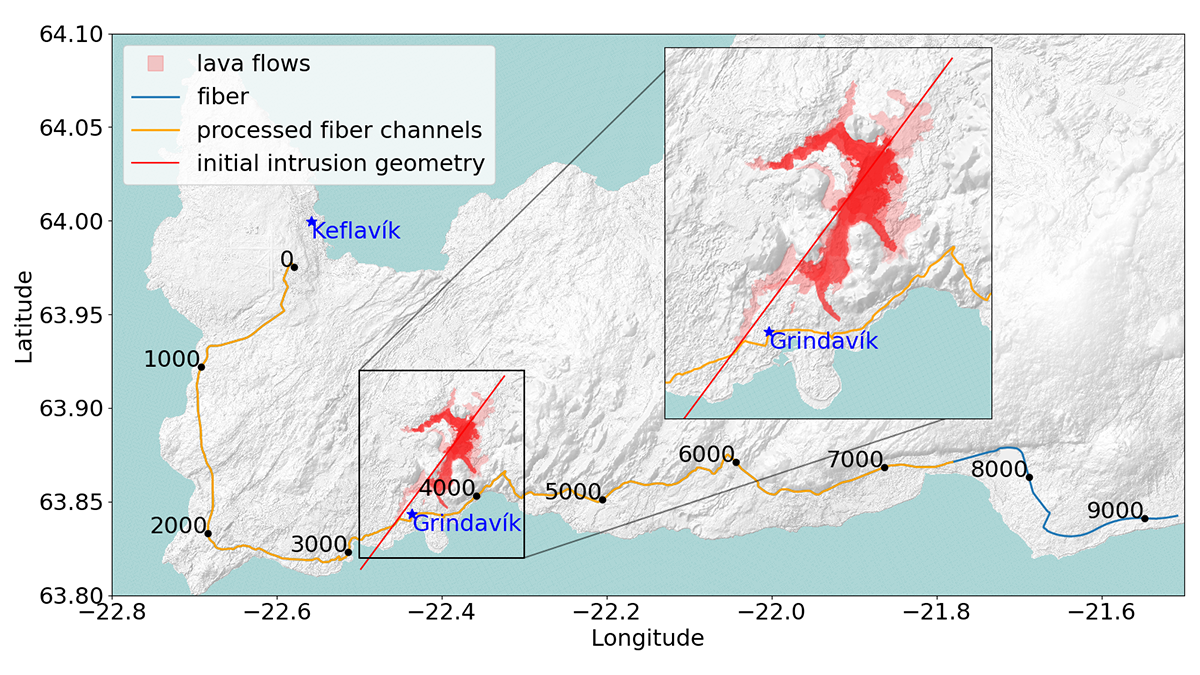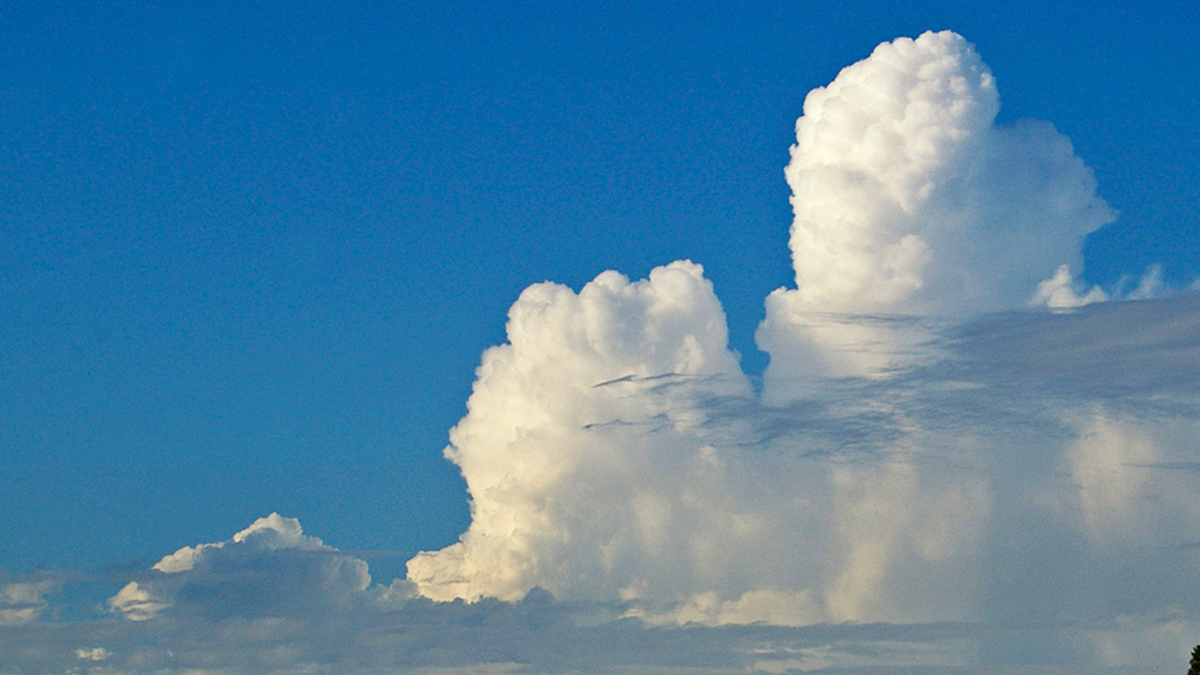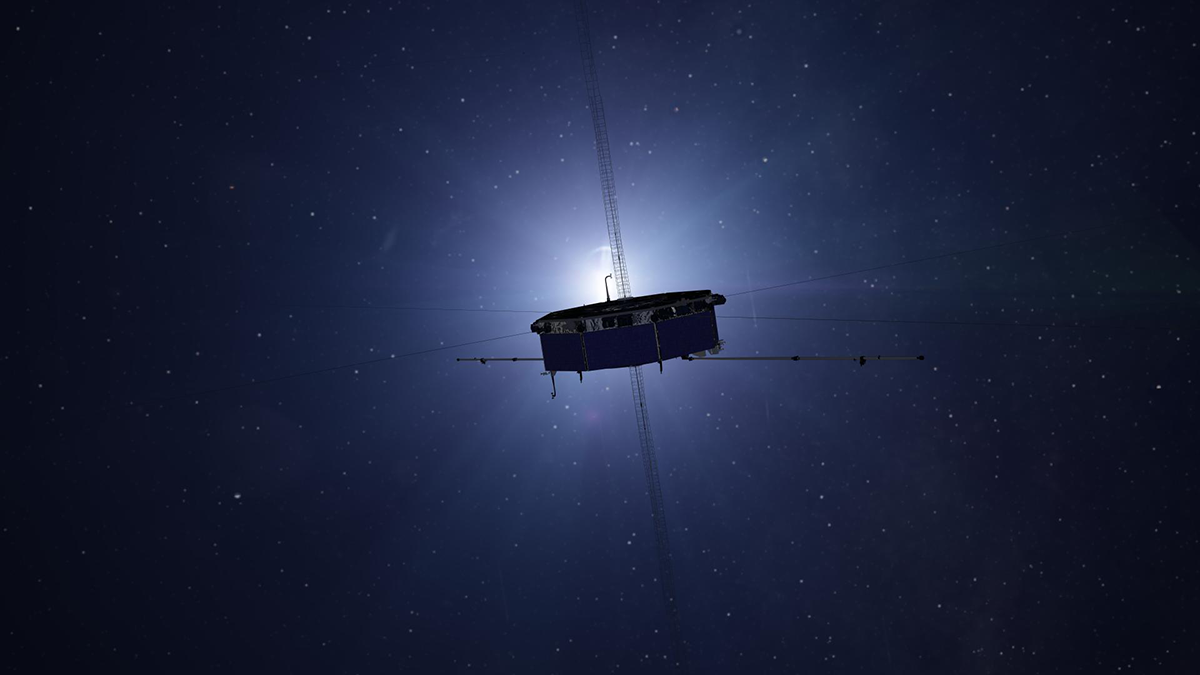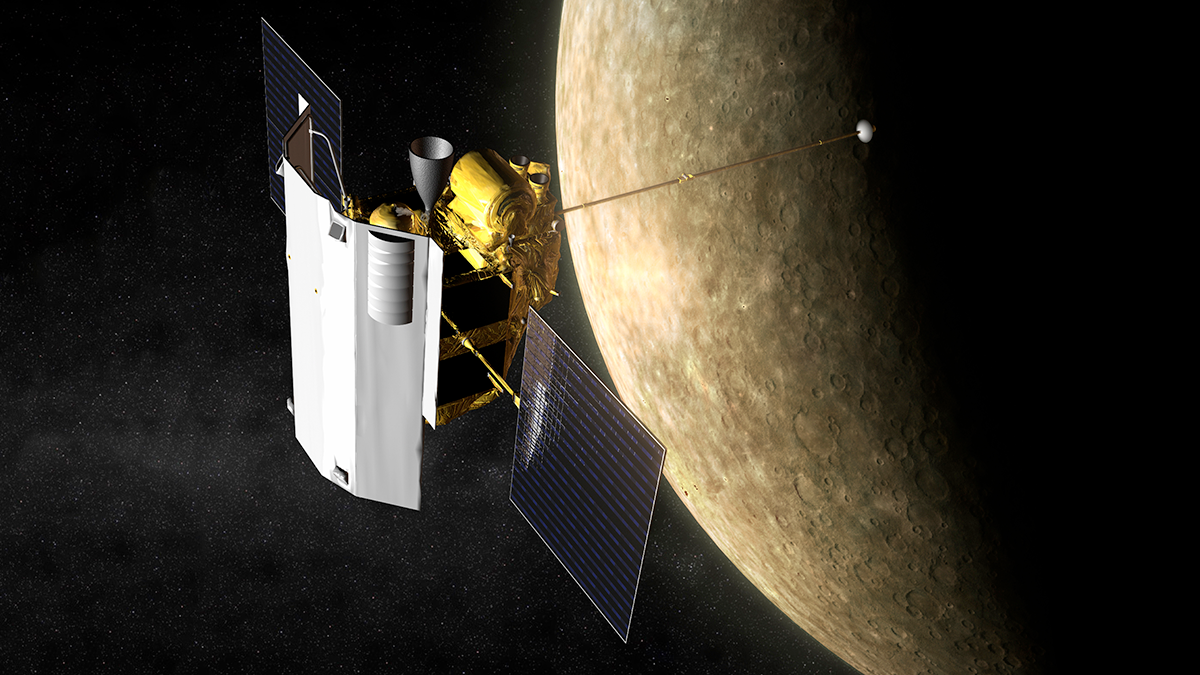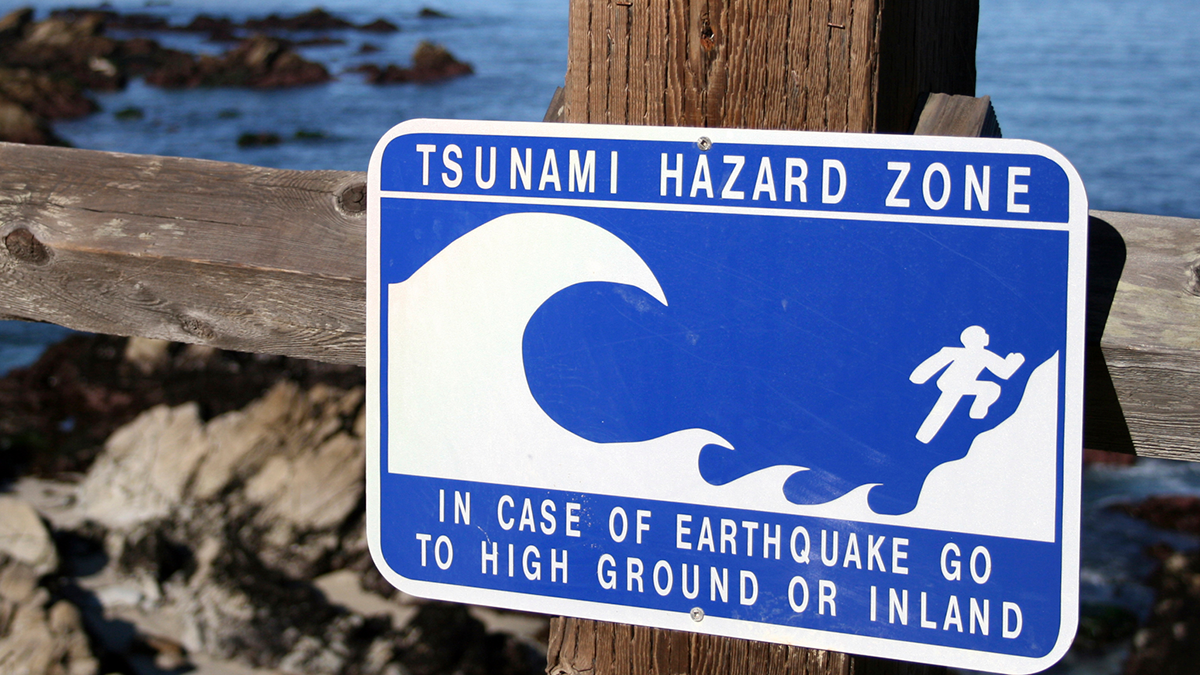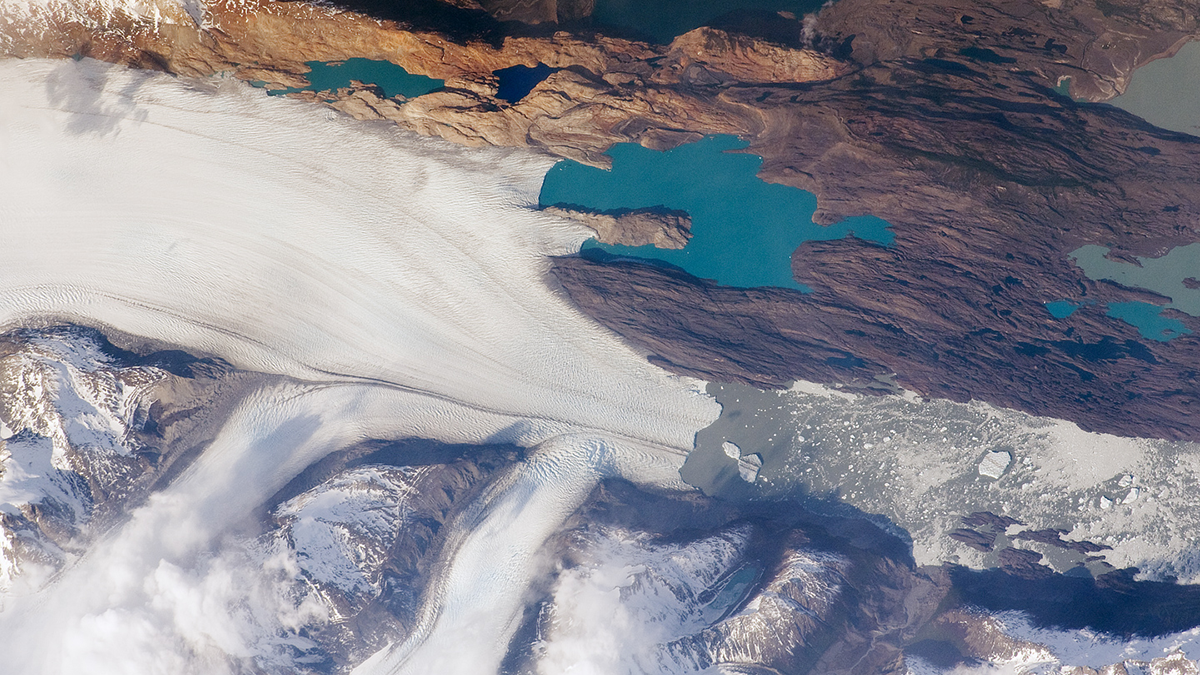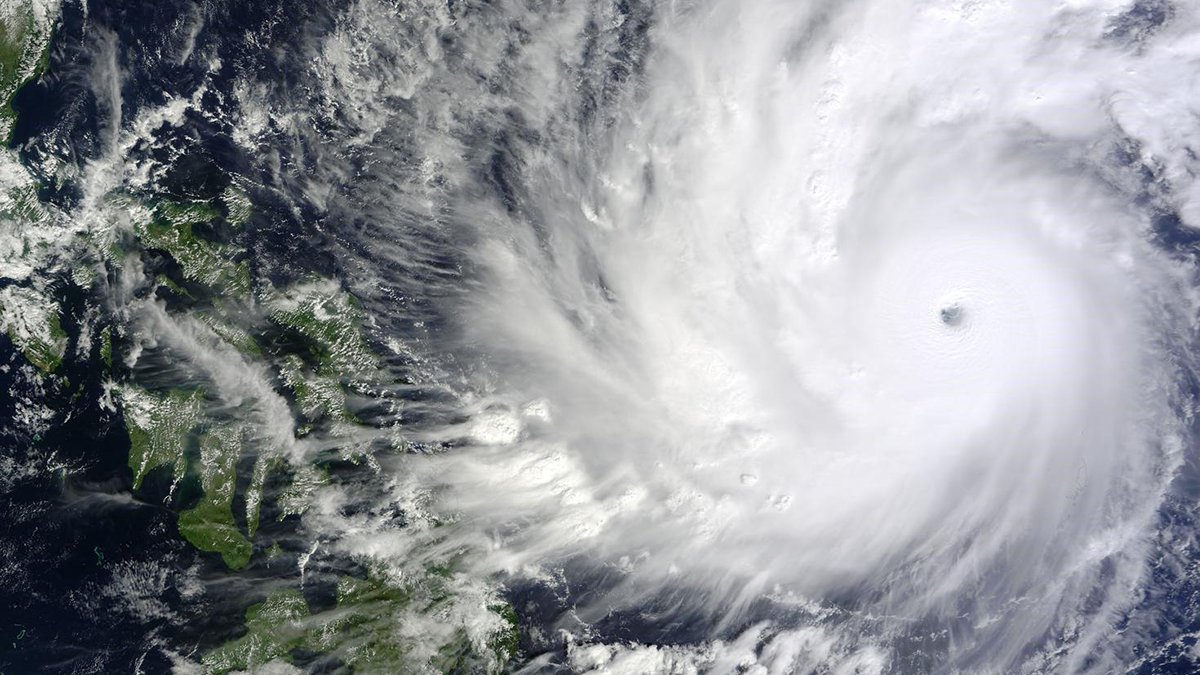A new high-resolution method for tracking volcanic activity utilizes fiber-optic sensing to detect magma intrusion by measuring seismic velocity changes.
Editors’ Highlights
Tropical Congestus Clouds Explained by Water Vapor Spectroscopy
A new study demonstrates how the abundance of congestus clouds in the tropics can be explained by the water molecule’s discerning appetite for infrared radiation.
Heating Mechanism at Earth’s Bow Shock Depends on Shock Speed
A new technique shows that the dominance of gradual versus chaotic electron heating processes at Earth’s bow shock is controlled by how fast the shock is moving.
Mercury’s Hollows may be Young and Active
The first machine learning-derived global-scale survey of Mercury’s hollows suggests they are young features that may be active and will continue to evolve.
Skewed Subduction Shear Zones
A global reanalysis of both short- and long-term deformation clarifies how obliquity affects strain partitioning in convergent plate boundaries.
Modeling Mantle Dynamics as the Earth Slowly Cools
An update of the convection code ASPECT enables full coupling of plume dynamics with buoyancy effects of transition zone phase relations, showing how early layering gave way to whole-mantle plumes.
Using Satellite Data for More Effective Disaster Response
Satellite data play a crucial role in disaster assessment and response. Meeting expanding demand requires not only accelerated data processing but increased collaboration with responders.
T-waves May Improve Tsunami Early Warning Systems
A unique acoustic wave related to the generation of tsunamis could be used to enhance early warning systems.
The Pulsed Pace of Glacial Erosion
New data from Lago Argentino, Patagonia reveal that glacial erosion occurs in discrete pulses, which challenges previous ideas that erosion rates have increased over time due to climate change.
Impacts of Urban Heat and Friction on a Tropical Cyclone
A new computer modeling-based study demonstrates dual mechanisms that reduce pre- and post-landfall tropical cyclone intensity.

